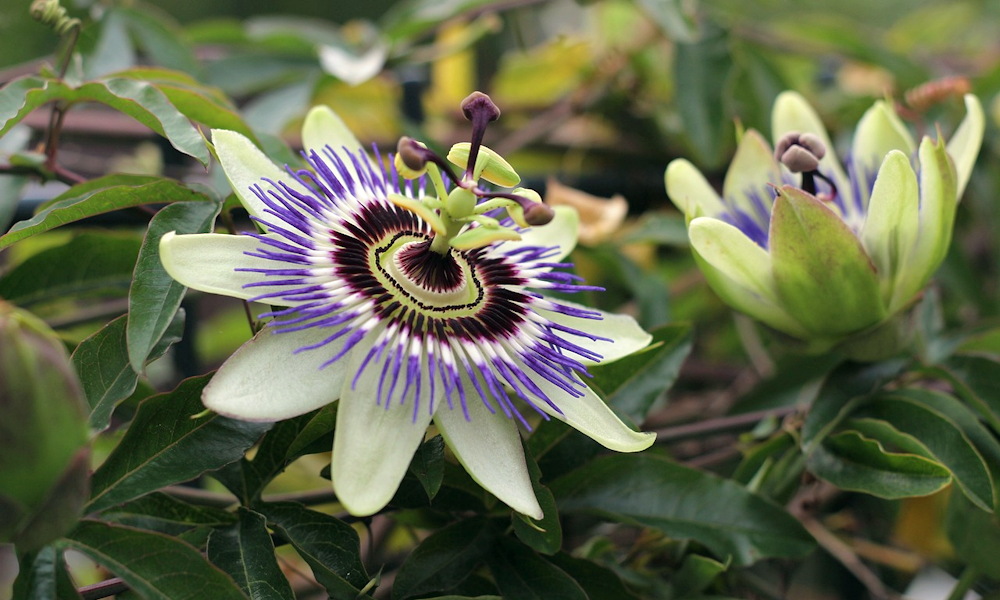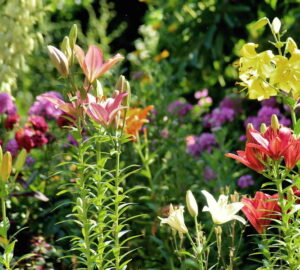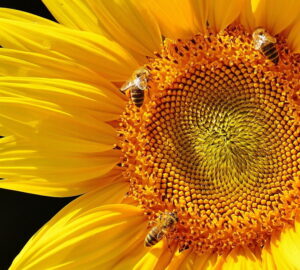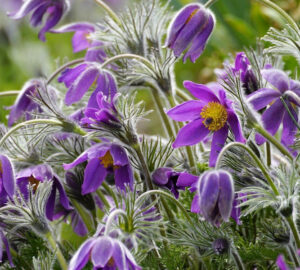Discover the magic of summer gardens with six enchanting creeper plants that burst into bloom, transforming your outdoor space into a floral paradise. These climbing beauties not only add vertical charm and vibrant colors but also bring unique shapes and fragrances that captivate and inspire.
Unveiling the Mystique of Creepers
A creeper, or climbing plant, is a type of plant that grows horizontally along the ground or climbs vertically using support structures. Unlike trees or shrubs that have a rigid, upright growth habit, creepers use various methods to cling and climb, such as tendrils, aerial roots, or twining stems. They can transform any space, providing lush greenery and vibrant blooms that create a sense of depth and natural beauty in a garden.

Signature Traits of Climbing Beauties
Creepers typically have flexible stems that allow them to climb or spread along surfaces. They may have specialized structures like tendrils or adhesive pads to help them cling to supports. These plants are often fast-growing and can cover large areas relatively quickly, making them ideal for adding vertical interest or ground cover. Many creepers produce beautiful flowers, adding aesthetic appeal to their practical function of covering walls, trellises, fences, and arbors.
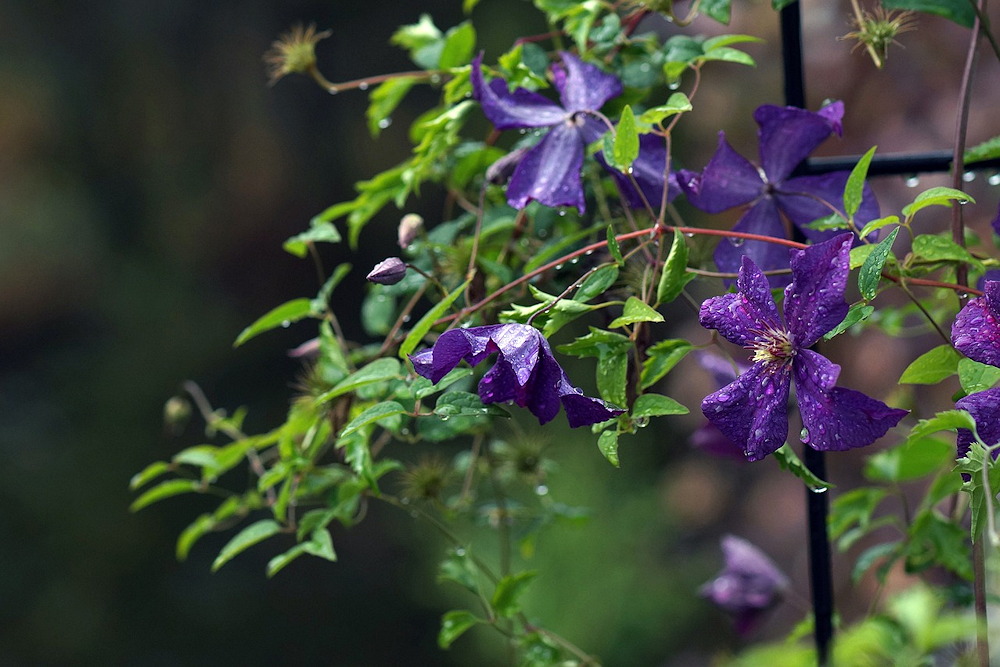
Nurturing Your Climbing Wonders
Caring for creepers involves providing adequate support for climbing varieties, regular watering, and appropriate pruning to control growth and encourage flowering. Most creepers prefer well-drained soil and a sunny location, although some may thrive in partial shade. Fertilization during the growing season can promote healthy growth and abundant blooms. Regular inspection for pests and diseases is also crucial to maintain their health and vigor.

Six Spectacular Summer-Blooming Creepers
Bougainvillea (Bougainvillea spp.)
Bougainvillea is renowned for its vibrant and long-lasting bracts, which come in shades of pink, purple, red, orange, and white. These bracts surround the small, inconspicuous flowers, creating a stunning display of color. Bougainvillea thrives in full sun and well-drained soil, making it ideal for planting along walls, fences, and trellises. Its drought tolerance and low maintenance needs make it a favorite in hot, dry climates.
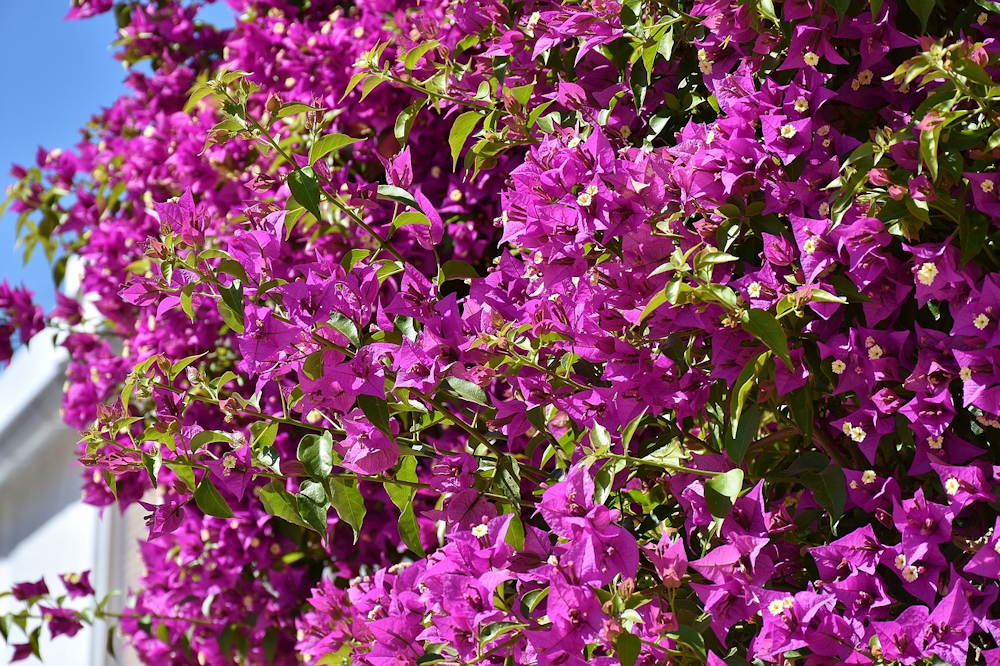
Clematis (Clematis spp.)
Clematis is a diverse genus with numerous varieties that bloom in summer. Their flowers come in various shapes, sizes, and colors, including blue, purple, pink, and white. Clematis prefers sunny locations with shaded roots, so planting it where the base of the plant is shaded by mulch or other plants is beneficial. They are perfect for covering trellises, arbors, and pergolas, adding vertical interest and elegance to any garden.

Honeysuckle (Lonicera spp.)
Honeysuckle is loved for its fragrant, tubular flowers that attract bees, butterflies, and hummingbirds. The flowers come in hues of yellow, orange, pink, and white. Honeysuckle thrives in full sun to partial shade and prefers moist, well-drained soil. It’s an excellent choice for planting along fences, walls, and trellises, providing both beauty and a delightful fragrance to the garden.

Passionflower (Passiflora spp.)
Passionflower boasts intricate, exotic-looking blooms with a unique structure that fascinates onlookers. The flowers are typically purple, blue, or white, with a central corona of filaments. Passionflower prefers full sun and well-drained soil, and it can climb vigorously with the help of tendrils. It’s ideal for covering trellises, arbors, and fences, adding a touch of the tropics to any garden.
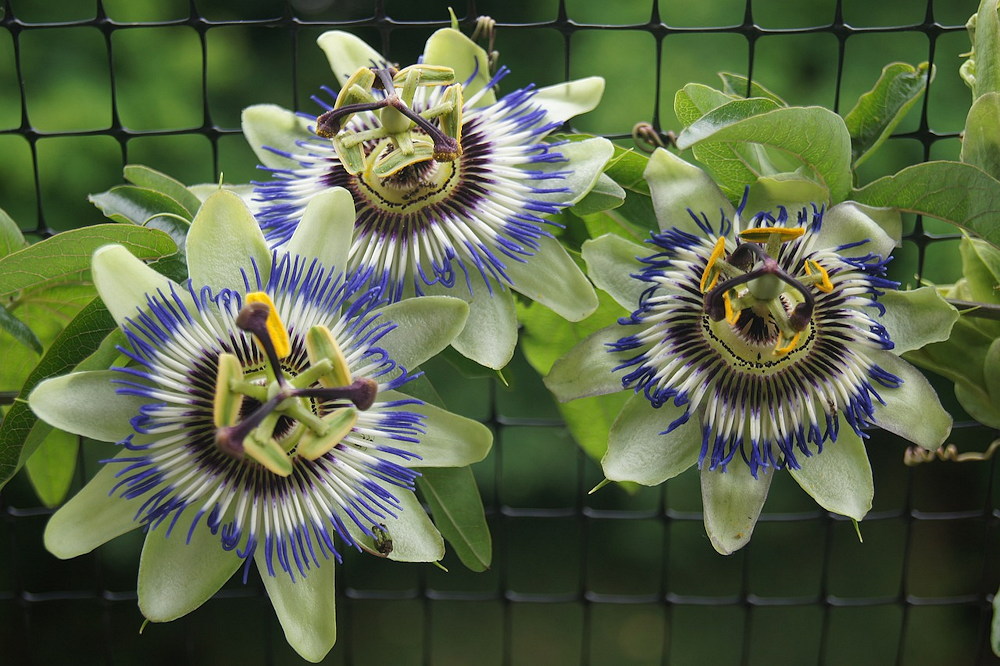
Trumpet Vine (Campsis radicans)
Trumpet vine is known for its large, trumpet-shaped flowers in vibrant shades of orange, red, and yellow. These flowers attract hummingbirds and add a bold splash of color to the garden. Trumpet vine is a vigorous grower that thrives in full sun and well-drained soil. It’s perfect for covering large structures like walls, fences, and pergolas, providing both beauty and a habitat for pollinators.

Wisteria (Wisteria spp.)
Wisteria is famed for its cascading clusters of fragrant flowers that hang like grapes. The blooms come in shades of purple, blue, pink, and white, creating a breathtaking display in late spring and early summer. Wisteria prefers full sun and well-drained soil. It requires sturdy support due to its heavy, woody vines. Ideal for covering pergolas, arbors, and walls, wisteria adds a romantic, old-world charm to the garden.

Optimal Placement and Functions in the Garden
- Bougainvillea: Plant in a sunny spot along walls or fences to create a vibrant, colorful backdrop.
- Clematis: Use on trellises, arbors, and pergolas to add vertical interest and a touch of elegance.
- Honeysuckle: Place near seating areas or pathways to enjoy its delightful fragrance and attract pollinators.
- Passionflower: Ideal for creating an exotic focal point on trellises, arbors, and fences.
- Trumpet Vine: Use to cover large structures and provide a bold, colorful display that attracts hummingbirds.
- Wisteria: Perfect for draping over pergolas and arbors, adding a romantic, cascading floral display.

By carefully selecting and placing these stunning summer-blooming creepers, you can create a garden that is both beautiful and functional, providing structure, color, and habitat for wildlife. With proper care, these plants will reward you with their lush growth and spectacular blooms year after year.



